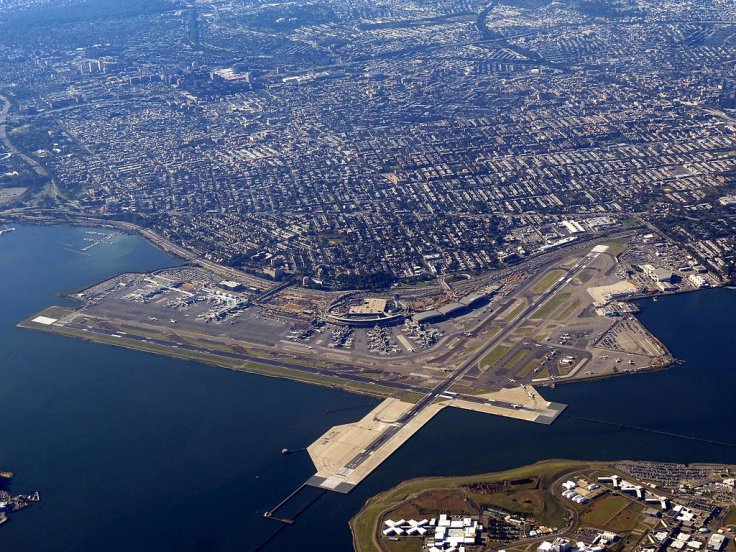In the not-so-distant future, many lowland areas will be flooded and thousands of islands will disappear from the map, all thanks to sea-level rise due to climate change. For years, scientists have been warning about the potential danger it could pose. Now as per a recent study, hundreds of airports are also at risk due to sea-level rise that could cause a major disruption in transportation and connectivity.
As per scientists, the sea level is rising constantly with approximately 0.3 centimeters every year. In the last three decades, the sea level has risen 2.6 inches as per the US National Oceanic and Atmospheric Administration (NOAA). The new study that was published in the journal Climate Risk focused on the future of airports and found that over 260 of them will be at risk of coastal flooding by the end of this century. Around a dozen of them will be under waters while hundreds more could be in danger if the sea level rises dramatically in the coming years.

According to NOAA, the rise in sea level is a result of ocean warming and increasing atmospheric temperatures. As the emission of greenhouse gasses causing the planet's atmospheric temperature to rise, it is leading to the melting of glaciers and ice sheets that are further expanding ocean water.
The Study
For their study, Professor Richard Dawson and Professor Aaron Yesudian from the Newcastle University's School of Engineering analyzed locations of over 14,000 airports around the world. The researchers considered a two-degree Celsius temperature increase as the base that is consistent with Paris Agreement and found that 269 airports could be submerged and non-operational at the current flood protection system. Around 100 of them will be below sea level and 364 more will be at risk of flooding.

However, if the global temperature rise exceeds the 2C level, it will lead to as many as 572 airports at risk of flooding by 2100. For the study, the researchers considered the exposure to storm surges and the current sea level. They developed a ranking system based on flood protection, the likelihood of flood and the impact of flight disruption. Thailand's Suvarnabhumi Airport in Bangkok topped the list with China's Shanghai Pudong coming a close second. Suvarnabhumi has already seen frequent flooding of late. In 2011, the airport was inundated after a tropical cyclone.
"These coastal airports are disproportionately important to the global airline network, and by 2100 between 10 and 20% of all routes will be at risk of disruption. Sea level rise, therefore, poses a serious risk to global passenger and freight movements, with the considerable cost of damage and disruption," Dawson, the co-author of the study and a professor of earth systems engineering said in a news release.

Asia-Pacific at Higher Risk
According to the study, most airports in China are at risk of flooding. A total of 14 airports in China including Shanghai Hongqiao International could be submerged by 2100. In the US, six are at risk including LaGuardia airport in New York. However, the number of at-risk airports is higher in Asia and the Pacific than in Europe and America due to the lack of a flood protection system in place. That could endanger one-fifth of air travel routes.
To mitigate the risks of flooding, the countries must undertake revamped flood protection system by raising land or completely relocate the airports. Otherwise, it could lead to a massive disruption of global connectivity. However, Dawson warned that mitigating the risks might not save all of them in the future.
"The cost of adaptation will be modest in the context of global infrastructure expenditure. However, in some locations the rate of sea-level rise, limited economic resources or space for alternative locations will make some airports unviable," he added.








